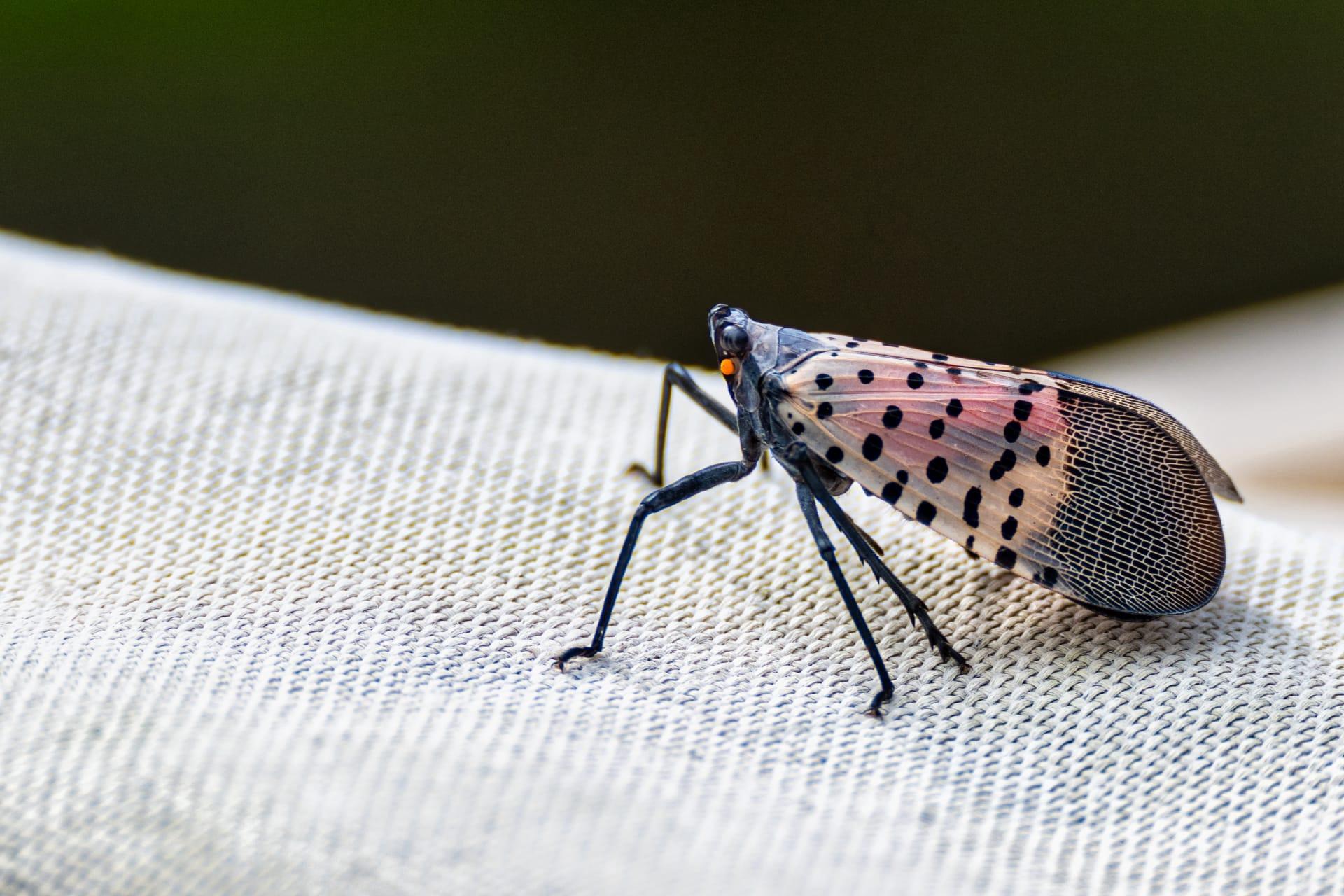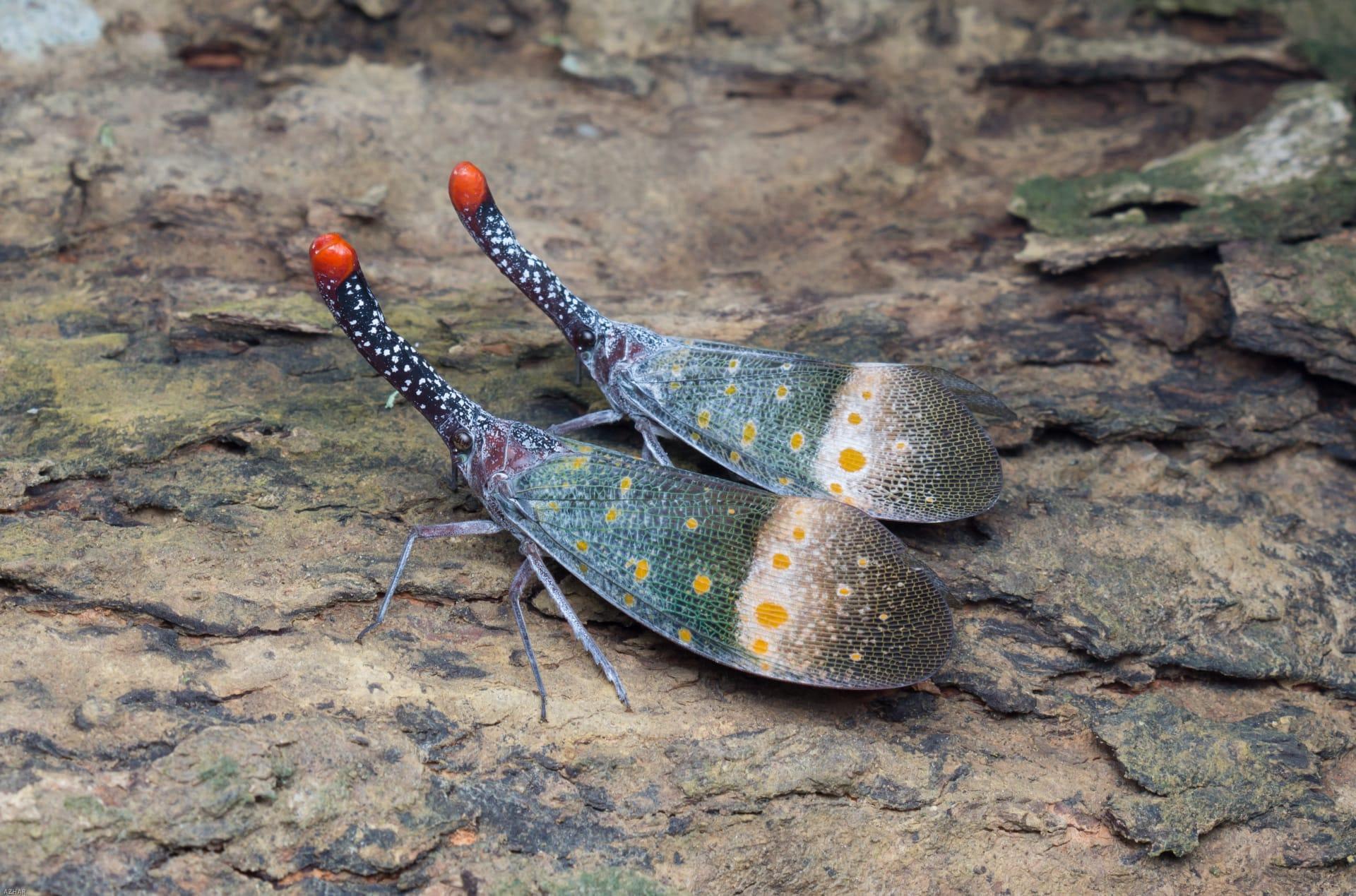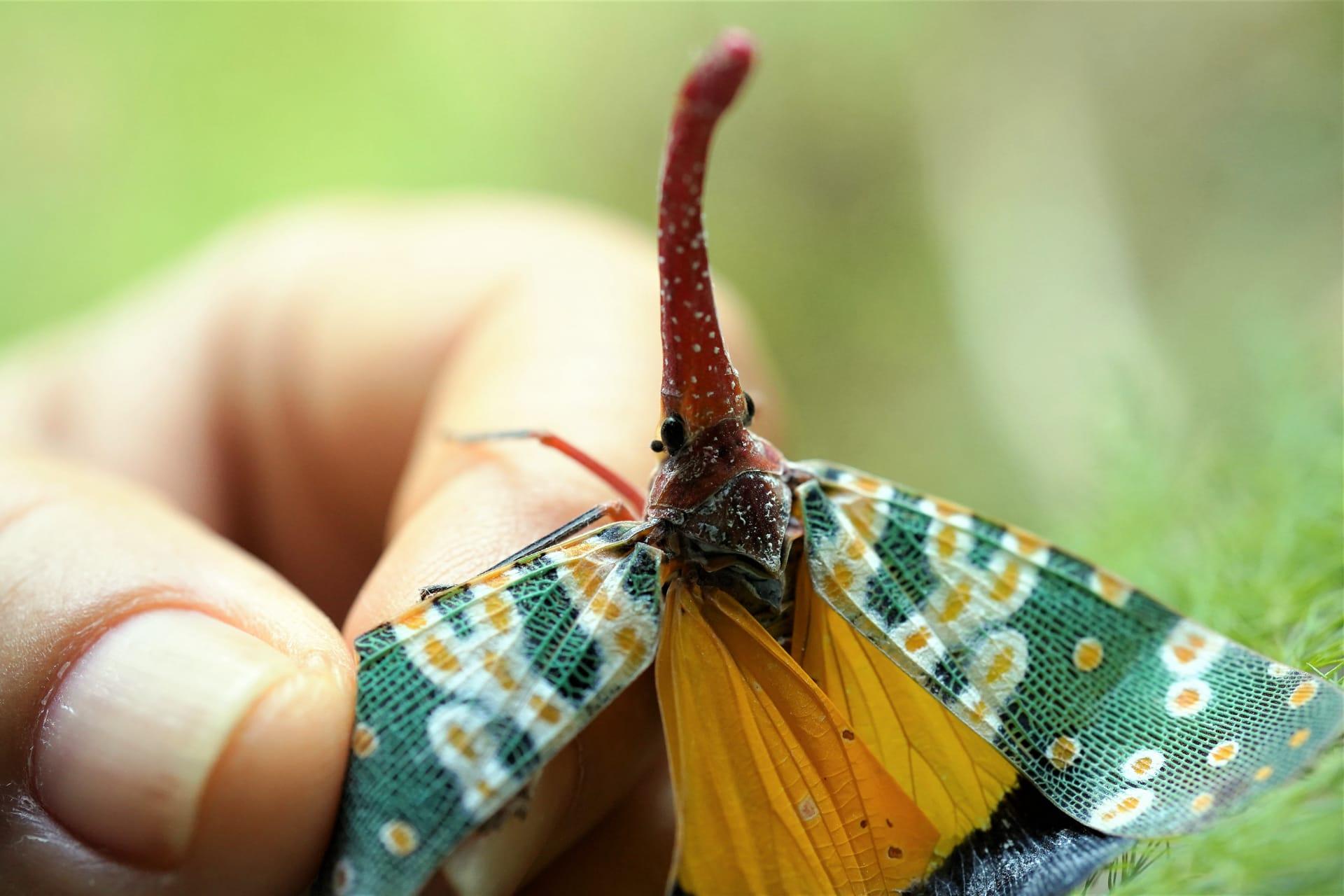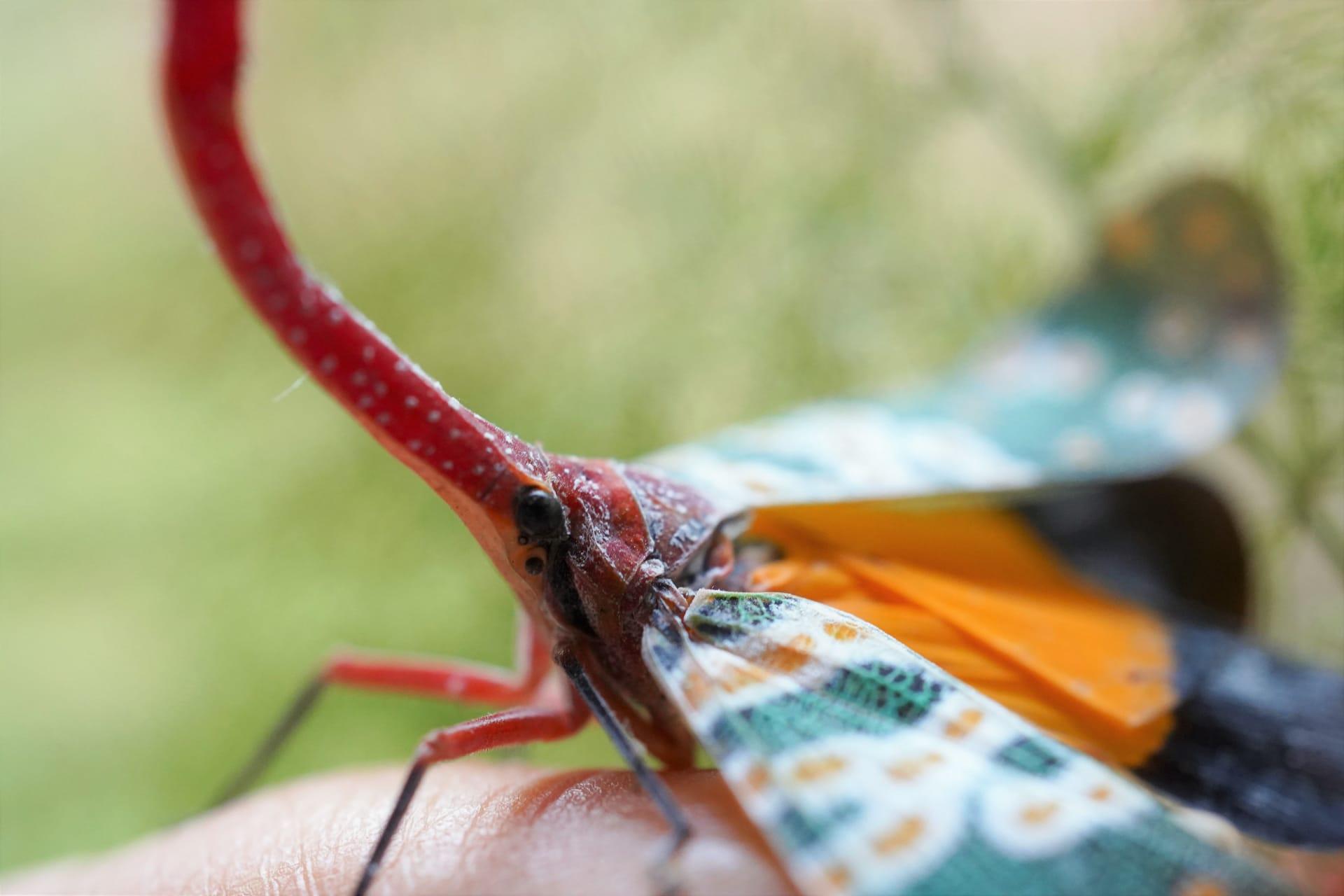Lanternflies Characteristics
- Home /
- Mini Encyclopedia /
- Animal /
- Lanternflies Characteristics
1
Lanternflies, a unique insect of the Hemiptera order, are known for their distinct appearance. Adult lanternflies typically measure between 1 and 2.5 inches in length, displaying a fascinating range of colors that often include a mix of gray, black, red, and sometimes blue or green. Their lifespan, interestingly, is relatively short. Most lanternflies live for about one year, which encompasses their entire life cycle from egg to adult.
One of the most remarkable organs of the lanternfly is its proboscis. This specialized mouthpart, which can be as long as the insect's body, is used for feeding. It works like a sophisticated straw, allowing the lanternfly to pierce the bark of plants and suck out the sap. This feeding style not only provides them with vital nutrients but also plays a role in their reproductive cycle, as the intake of sap is crucial for egg production.

2
Question: Are lanternflies harmful to plants or the environment?
Answer: Yes, lanternflies can be quite harmful to plants and by extension, to the environment. They feed on the sap of a wide variety of plants, including grapes, apples, and hardwood trees. This feeding can stress the plants, making them vulnerable to disease and other pests. Moreover, lanternflies excrete a sugary substance known as honeydew, which can encourage the growth of sooty mold on plants. This mold not only damages the plant but can also affect the quality of crops, particularly in vineyards and orchards.

3
Lanternflies are known for their distinctive movement patterns. They are primarily jumpers, using their strong hind legs to leap significant distances. When threatened, a lanternfly can jump up to 4 feet vertically and 10 feet horizontally. This leaping ability is their primary mode of transportation, as their flight is somewhat clumsy. They tend to flutter more than fly, often using their wings to glide after a jump.
In terms of feeding habits, lanternflies are sapsuckers. They use their long proboscis to pierce the bark of trees and plants to access the sap. Their preference is for the sap of fruit trees, hardwoods, and especially the Ailanthus altissima, commonly known as the tree of heaven. They are most active in feeding during the warmer months, and their feeding can be quite aggressive, often leading to significant damage to their host plants.

4
The habitat of lanternflies is varied, but they are commonly found in temperate and tropical climates. They thrive in areas with abundant vegetation, particularly forests and agricultural lands where they have easy access to their preferred food sources. They are also increasingly found in urban areas, likely due to the transportation of goods which inadvertently carry their eggs.
Reproduction is a key aspect of lanternfly behavior. Females lay their eggs in the late fall, often on the trunks of trees or other smooth surfaces. These eggs overwinter and hatch in the spring. One female can lay up to two egg masses, each containing 30 to 50 eggs. The eggs are covered in a waxy coating that camouflages them against the bark, making it difficult for predators to find them.

5
Book: "The Secret Life of Lanternflies" by Dr. Emily Harrington, published in the United States in 2019. This engaging book delves into the fascinating world of lanternflies, exploring their life cycle, behavior, and impact on the ecosystem. Harrington's work is praised for its thorough research and approachable writing style, making it a great read for both entomology enthusiasts and casual readers alike.
Book: "Invasive Species: The Spread of Lanternflies" by Jonathan Clarke, published in the UK in 2021. Clarke's book examines the rapid spread of lanternflies across different continents, focusing on their impact as an invasive species. Through case studies and interviews with experts, the book provides insights into the challenges and solutions in managing lanternfly populations. Clarke's narrative is informative and thought-provoking, offering a global perspective on the subject.